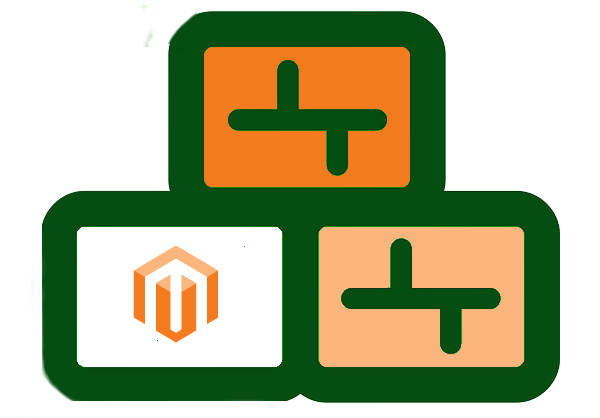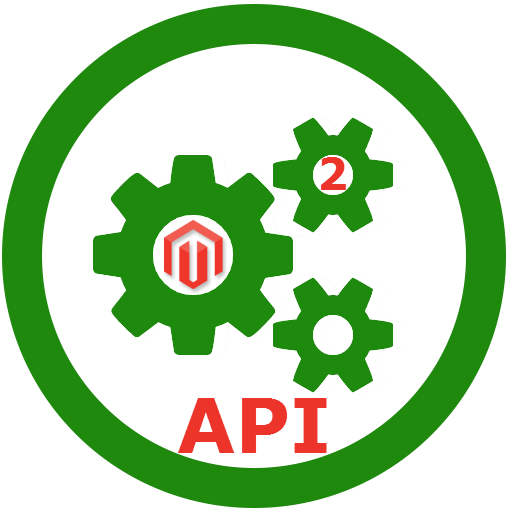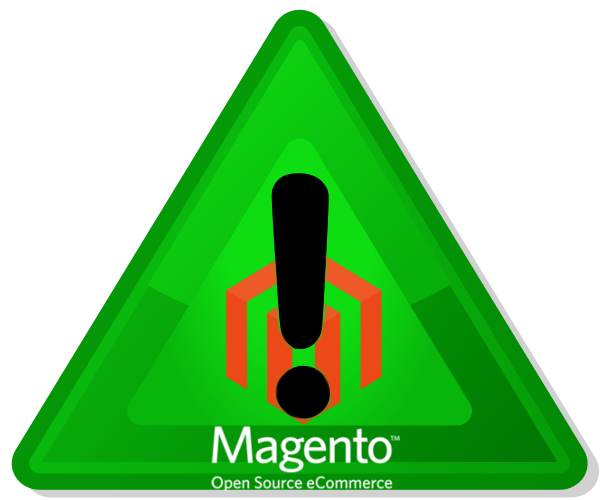Magento critical security patches SUPEE-6788, SUPEE-6482, SUPEE-6285, SUPEE-5994, SUPEE-5344, SUPEE-3762, SUPEE-1533 (Shoplift)
Shoplift is a dangerous Magento bug. It allows hackers to take e-commerce store under a full control. The threat was discovered by Check Point. You can easily fix it with the help of patch SUPEE-5344. A lot of Magento stores are still vulnerable, because they haven’t applied the patch yet. Below, you we show how to fix the problem.
UPD (15.05.15): SUPEE-5994 Magento security patch
UPD (08.07.15): SUPEE-6285 Magento security patch
UPD (08.07.15): Magento Security Alert Registry
UPD (05.08.15): SUPEE-6482 Magento security patch
UPD (17.09.15): SUPEE-3762 Magento security patch
UPD (09.10.15): Magmi and Nginx
UPD (21.10.15): Guruincsite Magento Issue and SUPEE-6788 Magento security patch
UPD (24.11.15): Magento Security Patch SUPEE-6788 Performance Issues
UPD (28.01.16): SUPEE-7405 and SUPEE-7616







